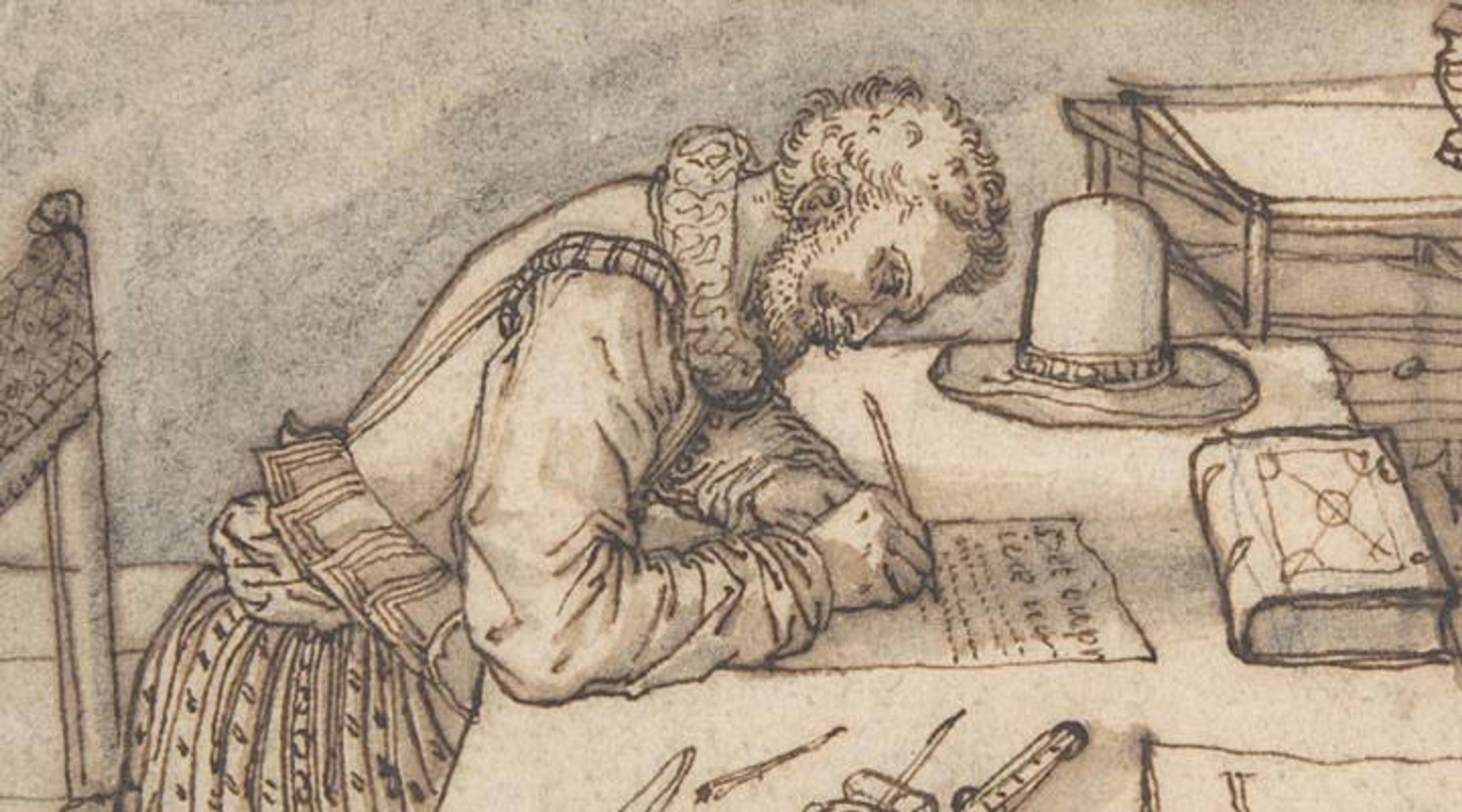
«In the 10 years that The Met has been blogging, people from across the Museum community have used the platform to bring our digital audience closer to the collection, exhibitions, and ongoing programs that make The Met such an amazing place. Thanks to our hundreds of authors—everyone from senior curators to high school interns and #MetKids—and a dedicated group of editors here in the Digital Department, The Met published nearly 200 fresh stories in 2017 that supported the work of all 17 curatorial departments, all seven conservation and scientific research departments, as well as the Thomas J. Watson Library, Education Department, Digital Department, MetLiveArts, and Development.»
So whether you came to the blogs to learn more about the launch of our Open Access initiative, or to see some incredibly complex Victorian valentines in action, chances are you made discoveries about The Met that provided some much-needed beauty, inspiration, and knowledge in an otherwise chaotic year.
With readership up more than 30 percent over 2016, representing nearly one million pageviews, this year was a banner year for the blogs, and we at The Met look forward to bringing you many more insights and stories that make our Museum even more accessible for our audience around the globe. Here are just a few of the many highlights from our year in blogging.
Dynamic, Wide-Ranging Exhibitions
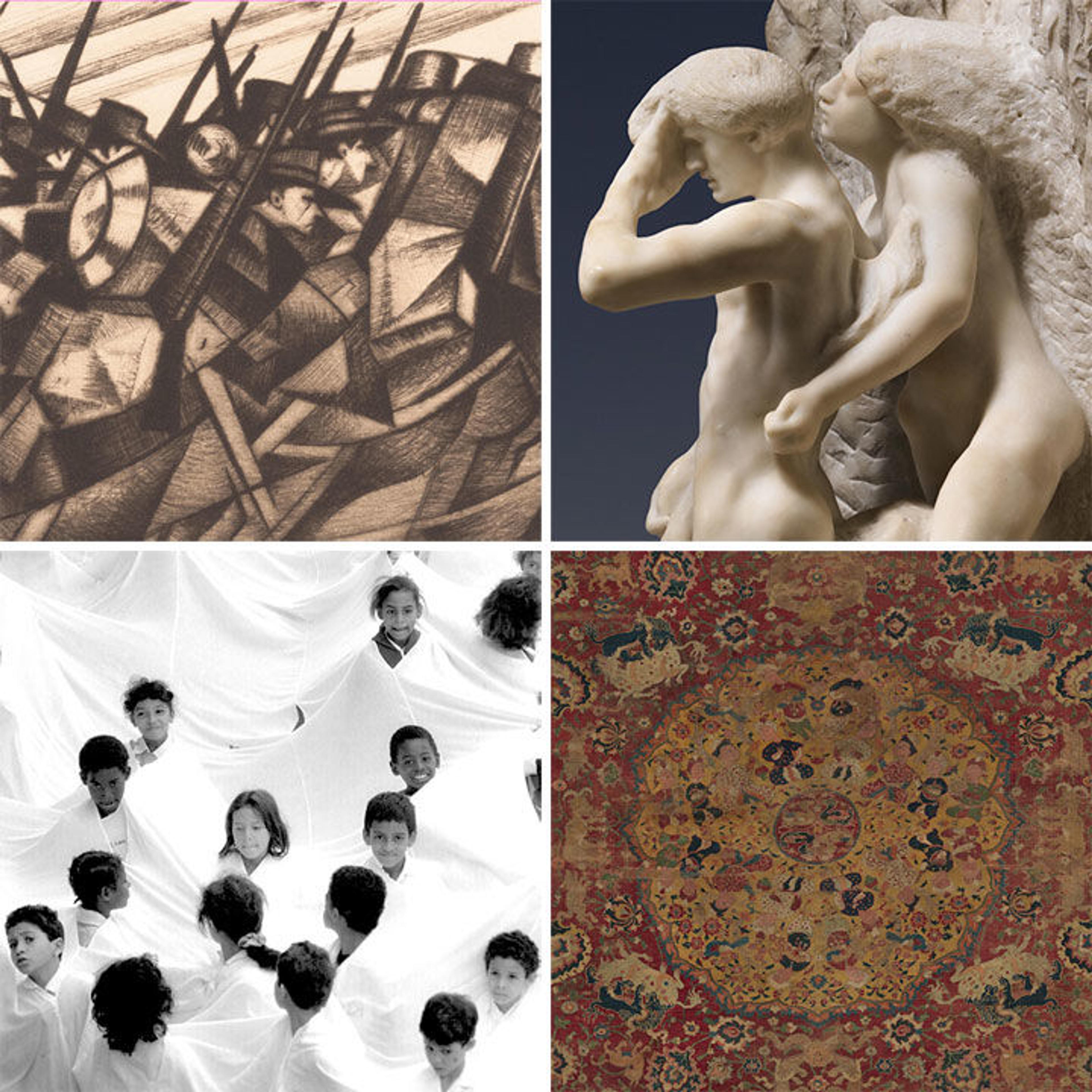
Throughout 2017 the blogs published new content promoting 27 exhibitions—from the final posts discussing Valentin de Boulogne: Beyond Caravaggio and Fragonard: Drawing Triumphant back in January, through to the current Now at The Met exhibition series for World War I and the Visual Arts and Rodin at The Met. Don't think for a moment that the focus here is only on European art, however, as 2017 also brought our readers up close and personal with the American Aesthetic movement, works of contemporary Australian Aboriginal art, a selection of Persian rugs from the 16th and 17th centuries, and the work of Brazilian artist Lygia Pape.
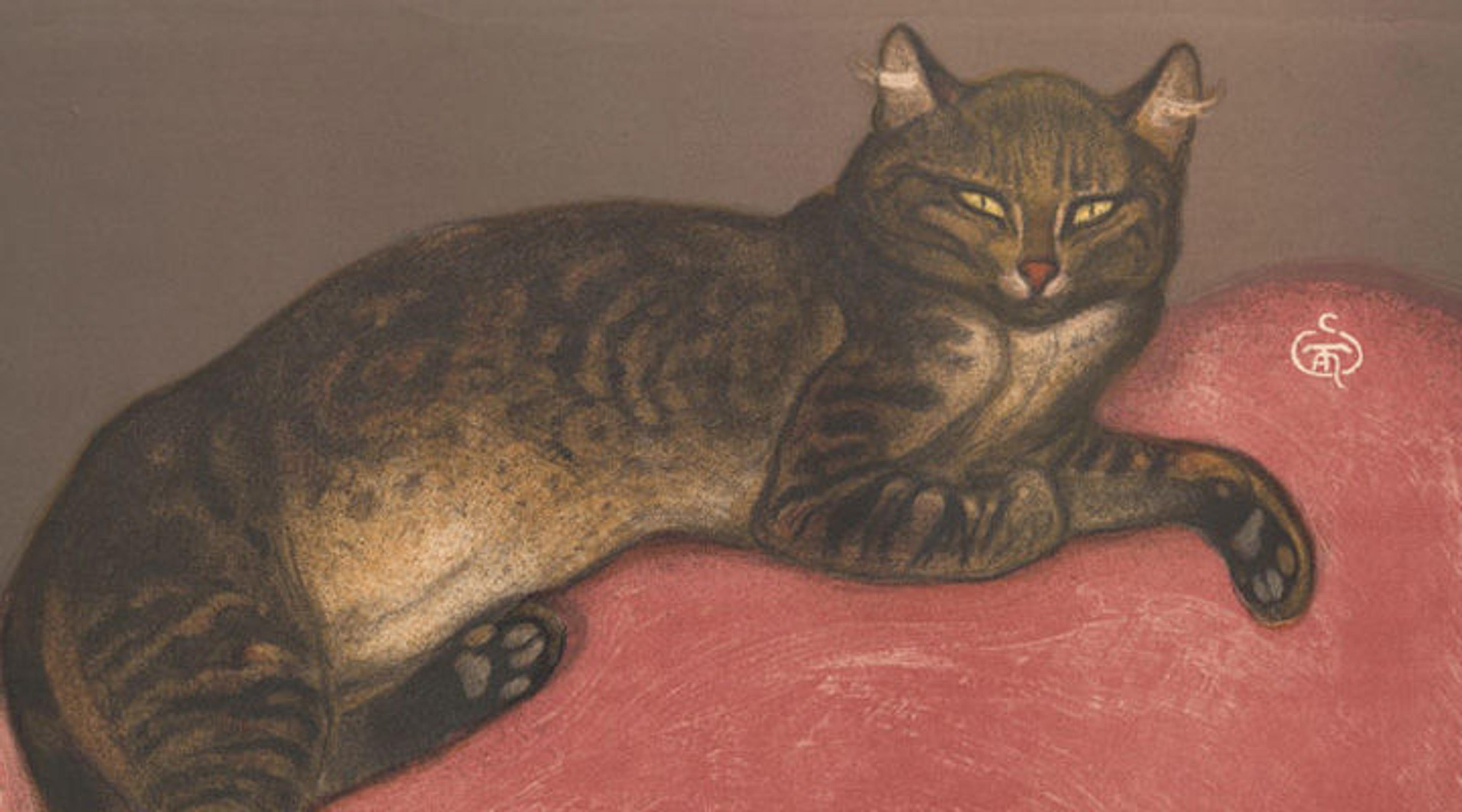
2017 Highlight: As part of the World War I and the Visual Arts blog series, guest author Magdalyn Asimakis took a look at the politically infused artistic practice of Théophile-Alexandre Steinlen in a post that bears perhaps my favorite title to date: "War, Socialism, and Cats."
Unpacking The Met Collection
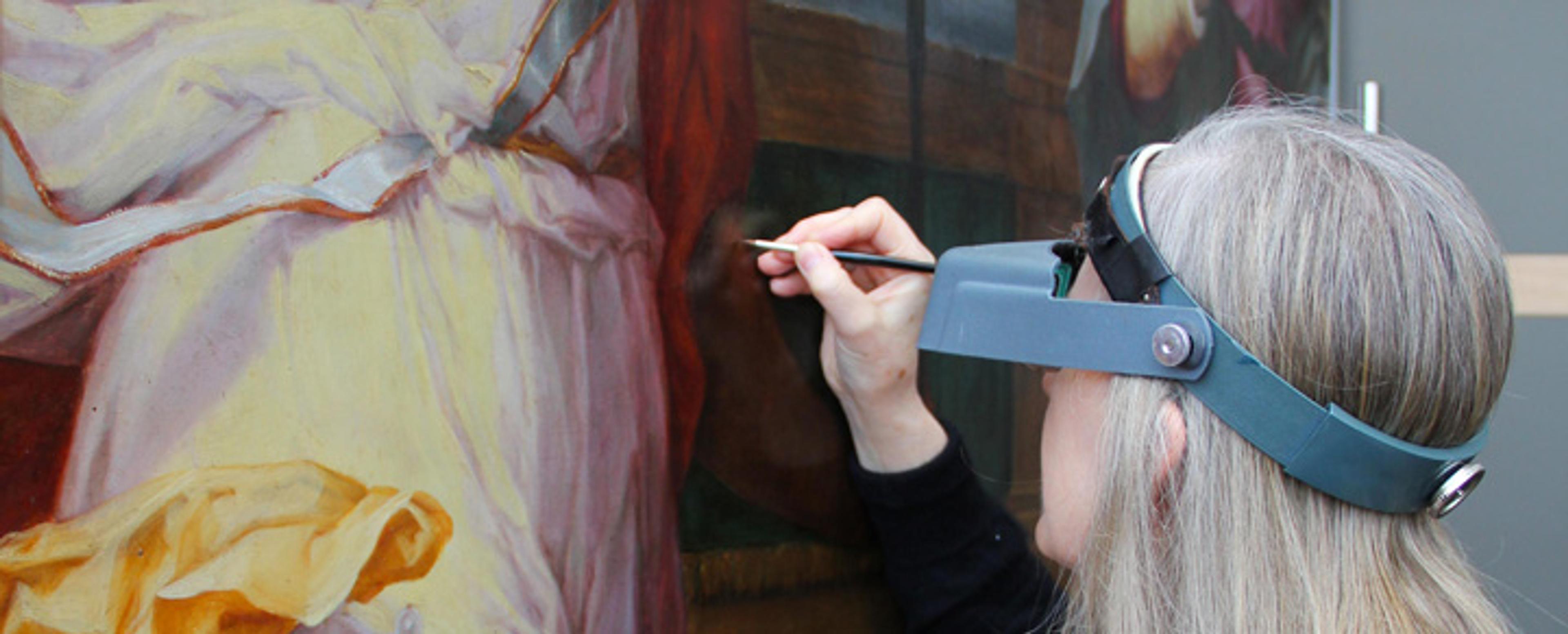
The blogs have become a go-to destination for our readers to learn more about the Museum's unparalleled collection and the ongoing work to care for these cultural objects. Perhaps you read the post about how The American Wing is transforming its narrative by installing works by Native American artists alongside related American paintings and sculpture, but did you also catch the post about the complex detective work that a collections manager in European Paintings performed in order to clarify the provenance of Alphonse-Marie-Adolphe de Neuville's The Dispatch-Bearer?
Our younger audience members had a lot to explore on the #MetKids Blog as well. Recently a kindergarten student in Panama, Paula, emailed our #MetKids team a picture of a still life she had made called Picnic Fruits. In response to Paula's letter, #MetKids Program Manager Emily Sutter shared a number of similar still lifes by Paul Cézanne in order to provide all #MetKids with even more inspiration for their own art making.
We also launched a new blog earlier this month, Collection Insights, in which voices from across the Museum offer their unique perspectives on The Met collection. In the blog's inaugural post, Deputy Director for Collections and Administration Carrie Barratt reflected on why The Met continues to collect, and how art prompts us to ask new questions every day. The first two weeks of posts also explored the Museum’s holdings of Berber jewelry from Morocco and Algeria; introduced the European Paintings Skylights Project and the ways it will transform visitors' experience of the artworks; highlighted a selection of rare low-brass instruments on view in the Fanfare gallery; and took readers on a behind-the-scenes tour of the Paper Conservation lab.
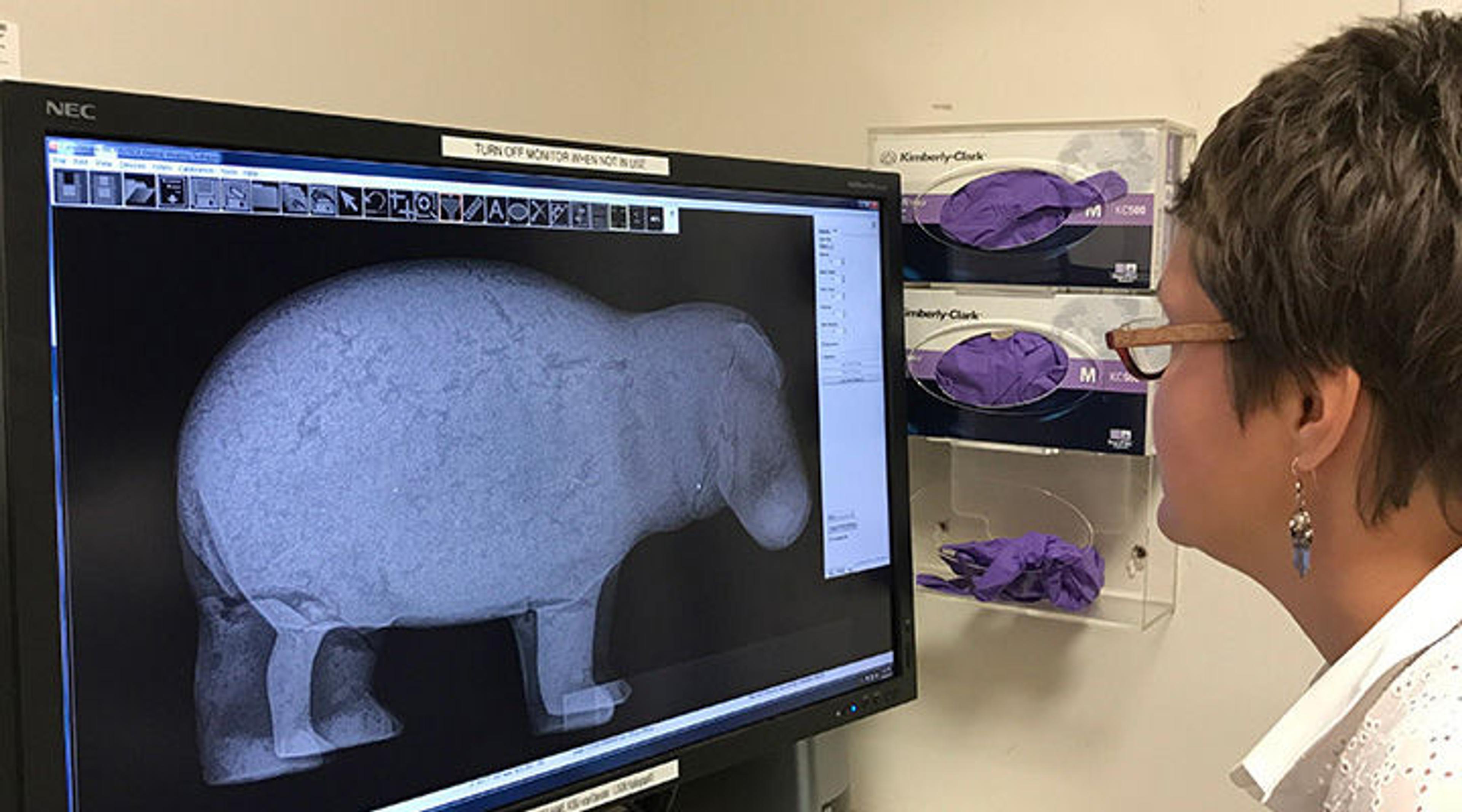
2017 Highlight: As part of the recent celebration of William the hippo's 100th year at The Met, a team of conservators in the Department of Objects Conservation brought the Museum's informal mascot to their lab in order to see him inside and out—the museum equivalent of an annual checkup. (Our #MetKids also had the chance to check out all of the other tiny hippos in the collection.)
Thematic Itineraries and Curator Conversations
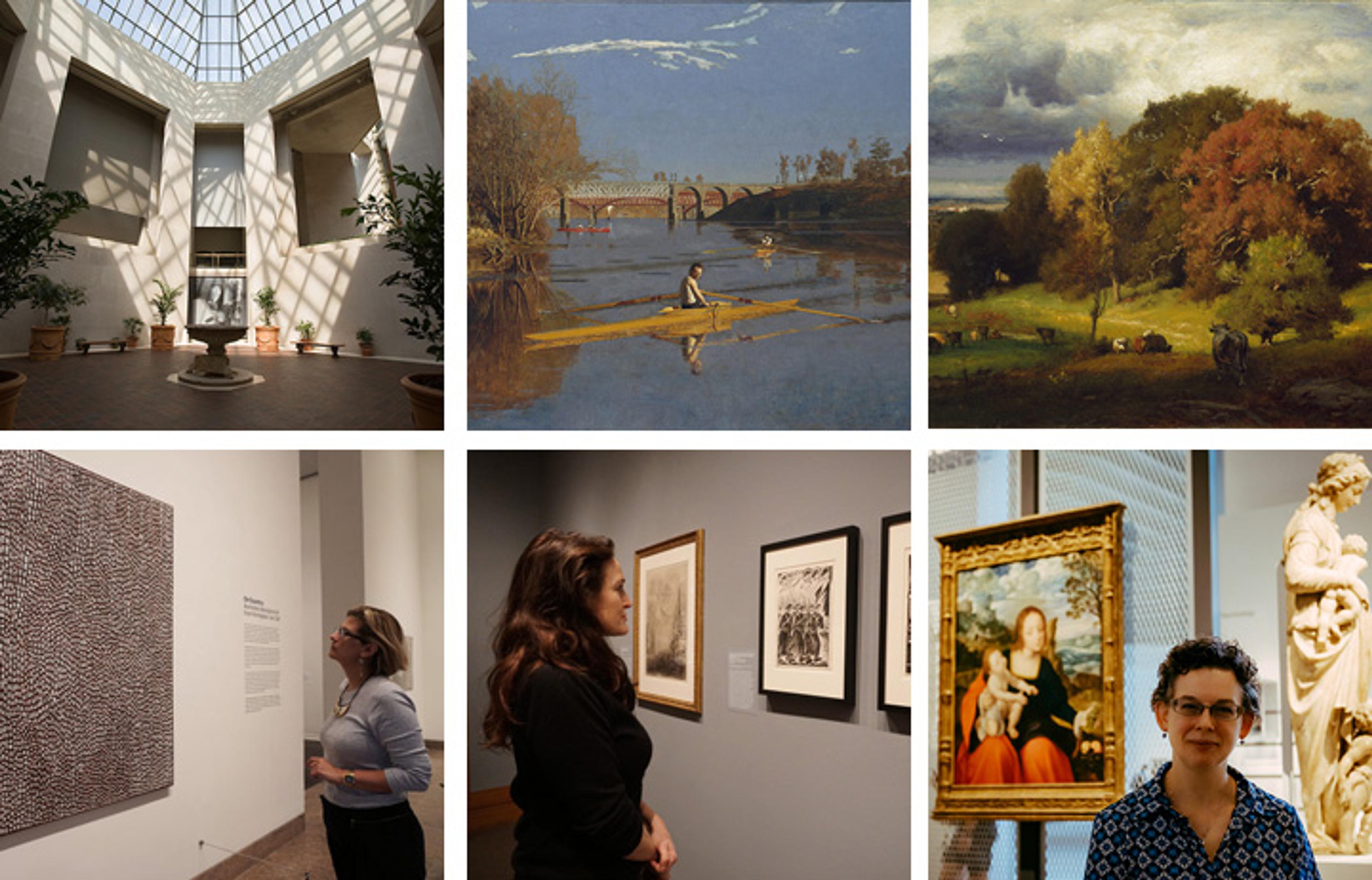
This year also saw the launch of new content streams on the blogs. Among these is an ongoing series of thematic itineraries that encourages visitors (both on-site and online) to explore works throughout the collection. Since July, readers have been able to take a tour of The Met Fifth Avenue's nine water features, see how sports have been depicted in 2,000 years of art from across the globe, and enjoy a selection of autumn-themed works.
Also new to the blogs is our Curator Conversation series, in which digital editors take a tour of various exhibitions with a Museum curator. In just the first three installments of these long-form interviews, readers have been able to explore a recent gift of six contemporary works by Australian Aboriginal artists, the harrowing and extensive exhibition World War I and the Visual Arts, and a collection of northern Renaissance works whose value is measured in units of cows. (That's right—cows!)
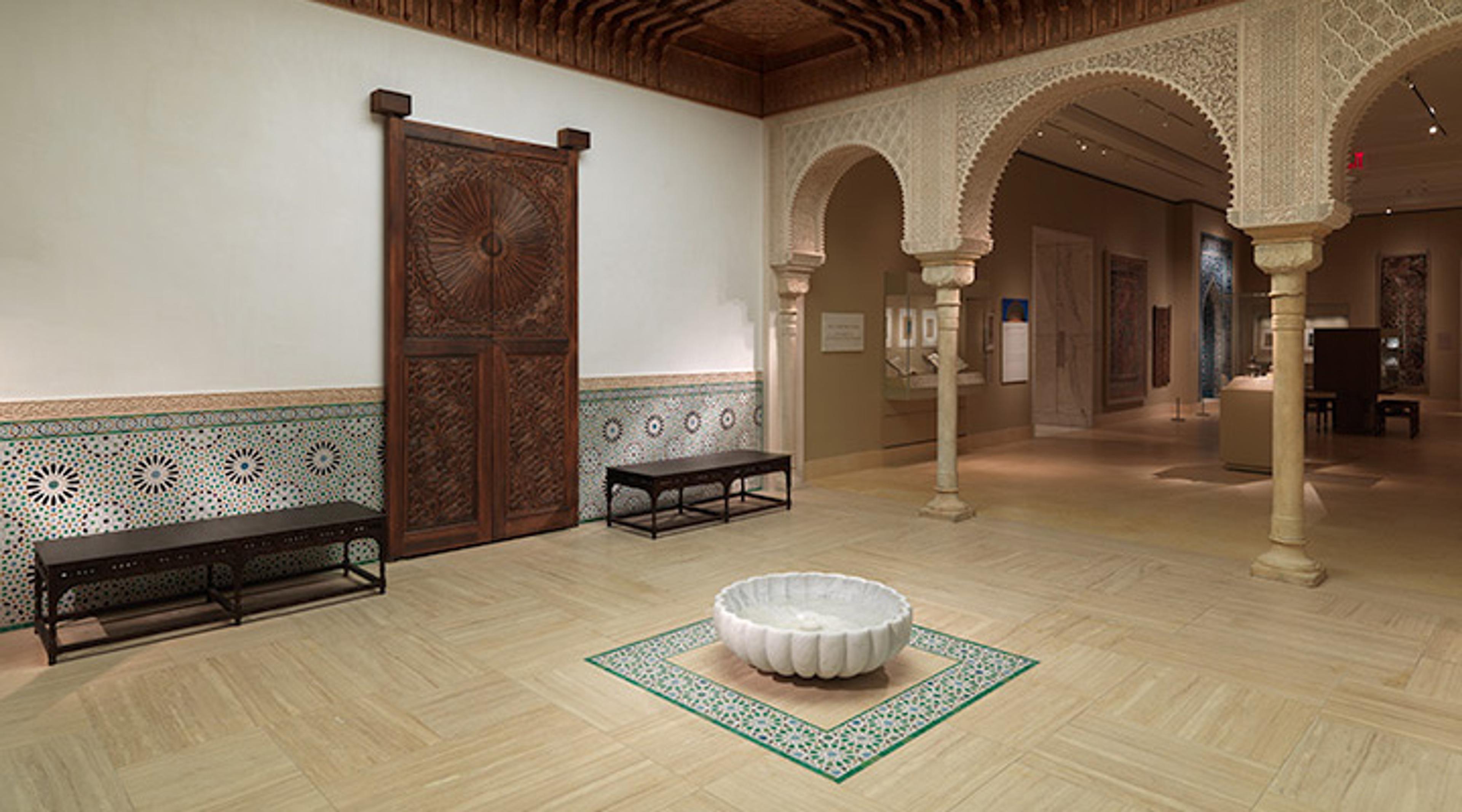
2017 Highlight: Seriously, have you seen all nine water features at The Met Fifth Avenue? Editor Will Fenstermaker traversed all of the Museum's galleries making sure to catch each one.
For Bibliophiles

In Circulation published 26 posts throughout 2017 to highlight a number of treasures in the collection of Thomas J. Watson Library. So whether you were curious about how Coney Island's famous hot dogs factored into New York City tourism manuals in the early 20th century, or wanted to take in a number of recently digitized illustrated books from Japan, this blog continues to be a bibliophile's dream. (Plan on moving in 2018? Be sure to check out this post about the best way to safely pack your books!)

2017 Highlight: Sure, Watson Library has a lot of books about the history of art, but did you know that the their collection also includes books on basketball? Metadata and Collections Librarian William Blueher stumbled upon a number of these in the stacks and simply had to write about them.
In Case You Missed It . . .
With nearly 200 posts published in one year, it's easy to miss a few revelatory stories along the way. Here are four posts that showcase the history of The Met and the range of activities that take place here every day.
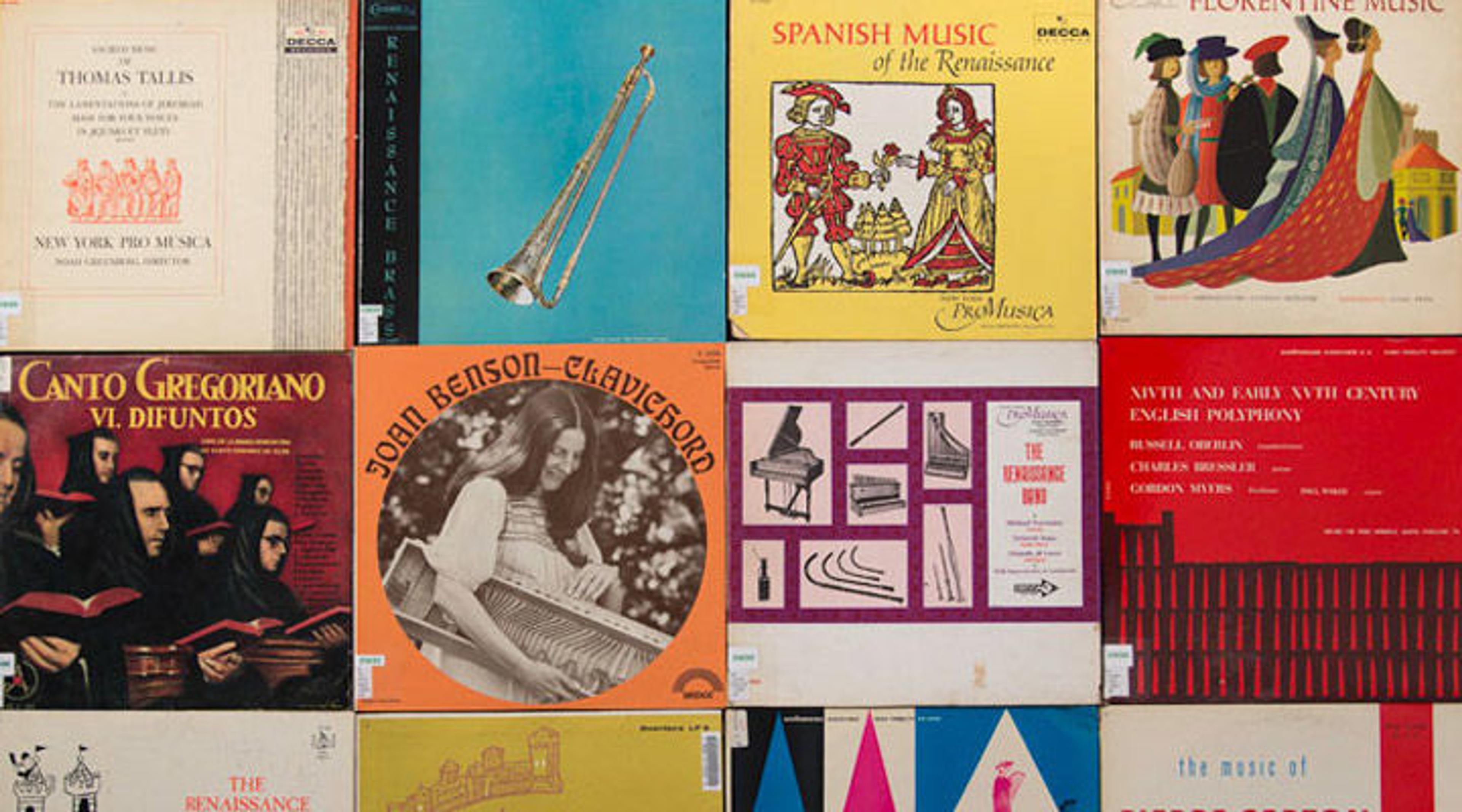
Did you know that The Cloisters Library has an extensive collection of vinyl dedicated to the music of medieval times? If you didn't, then be sure to check out "The Middle Ages, Now in High Fidelity."
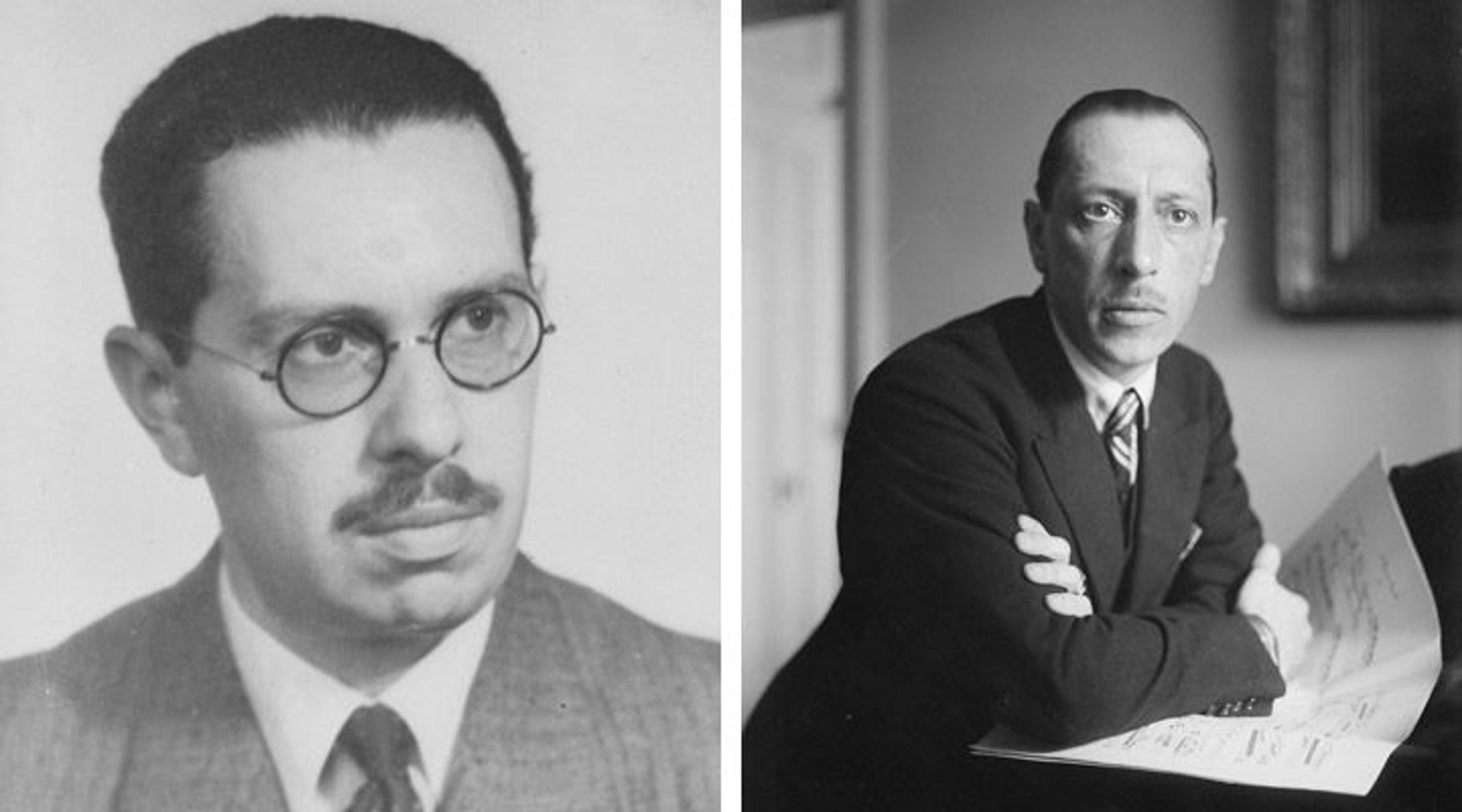
The Met almost held a performance in which famed Russian composer Igor Stravinsky was to conduct his theater work L'Histoire du Soldat. (Sadly, the key word here is "almost.") Read about this slice of Met history in "Igor Stravinsky and the Concert That Wasn't."
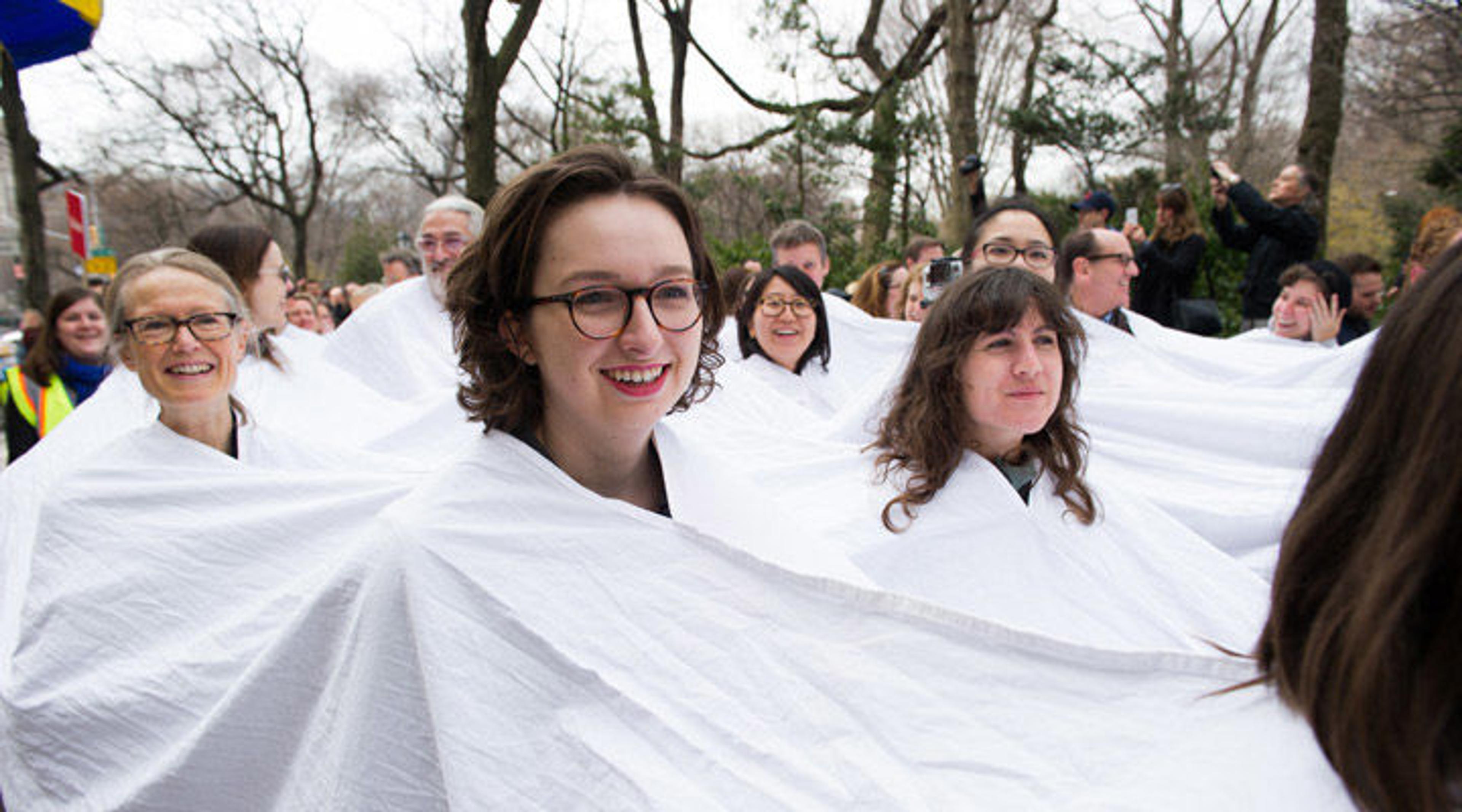
What was it like to be a part of a living work of art that moved from The Met Breuer to The Met Fifth Avenue in broad daylight? Former MetLiveArts Intern Veronica Brown wrote about her experience taking part in Lygia Pape's Divisor (Divider).

Want to take a trip around the world with a Met expert? Be a part of the Travel with The Met program! Back in April, Courtney Stewart, senior research assistant in the Department of Islamic Art, wrote about her Travel with The Met trip to Morocco, a country described by Edith Wharton as "the land of mists and mysteries."
Images
Header: Anonymous (French). Interior with a Man Writing on a Long Table (detail), 16th century. Pen and brown ink, brush and gray and brown wash, over faint sketch in graphite, 19.2 x 14.9 cm. The Metropolitan Museum of Art, New York, Bequest of Walter C. Baker, 1971 (1972.118.214)
Dynamic, Wide-Ranging Exhibitions (clockwise from top left): Christopher Richard Wynne Nevinson (British, 1889–1946). Returning to the Trenches (detail), 1916. Drypoint, plate: 6 x 8 1/16 in. (15.2 x 20.4 cm); sheet: 8 3/8 x 11 in. (21.3 x 28 cm). The Metropolitan Museum of Art, New York, Rogers Fund, 1968 (68.510.3) | Auguste Rodin (French, 1840–1917). Orpheus and Eurydice (detail), modeled probably before 1887, carved 1893. Marble, overall: 48 3/4 x 31 1/8 x 25 3/8 in. (123.8 x 79.1 x 64.5 cm). The Metropolitan Museum of Art, New York, Gift of Thomas F. Ryan, 1910 (10.63.2) | Carpet (detail), second half of the 16th century. Made in Iran. Silk (warp), cotton (weft), wool (pile); asymmetrically knotted pile, 99 3/4 x 70 in. (253.4 x 177.8 cm). The Metropolitan Museum of Art, New York, Mr. and Mrs. Isaac D. Fletcher Collection, Bequest of Isaac D. Fletcher, 1917 (17.120.127) | Lygia Pape (Brazilian, 1927–2004). Divisor (Divider), 1968. Performance at Museu de Arte Moderna, Rio de Janeiro, 1990. Photo by Paula Pape. © Projeto Lygia Pape | Steinlen image: Théophile-Alexandre Steinlen (French [born Switzerland], 1859–1923). Winter: Cat on a Cushion (detail), 1909. Color lithograph, sheet: 20 x 24 in. (50.8 x 61 cm). The Metropolitan Museum of Art, New York, The Elisha Whittelsey Collection, The Elisha Whittelsey Fund, 1950 (50.616.9)
Unpacking The Met Collection: Conservator Charlotte Hale in-painting Peter Candid's The Annunciation. Photo by M. Alan Miller | Conservator Carolyn Riccardelli looks at a computed radiograph of William the Hippo
Itineraries and Curator Conversations (clockwise from top left): View of gallery 963, The Robert Lehman Court | Thomas Eakins (American, 1844–1916). The Champion Single Sculls (Max Schmitt in a Single Scull) (detail), 1871. Oil on canvas, 32 1/4 x 46 1/4 in. (81.9 x 117.5 cm). The Metropolitan Museum of Art, New York. Purchase, The Alfred N. Punnett Endowment Fund and George D. Pratt Gift, 1934 (34.92) | George Inness (American, 1825–1894). Autumn Oaks (detail), ca 1878. Oil on canvas, 20 3/8 x 30 1/8 in. (54.3 x 76.5 cm). The Metropolitan Museum of Art, New York, Gift of George I. Seney, 1887 (87.8.8) | Associate Curator Elizabeth Cleland in Relative Values: The Cost of Art in the Northern Renaissance | Associate Curator Jennifer Farrell in the Mobilization gallery of World War I and the Visual Arts | Associate Curator Maia Nuku in On Country: Australian Aboriginal Art from the Kaplan-Levi Gift | Water Features image: View of gallery 456—The Patti Cadby Birch Court
For Bibliophiles: Ben Osborne, Slam Kicks: Basketball Sneakers That Changed the Game (New York: Universe Publishing, a division of Rizzoli Publications International, 2013).
In Case You Mised It: A selection of record covers from The Cloisters Library's LP collection. Photo by Andrew Winslow | Left: Emanuel Winternitz, former curator in the Department of Musical Instruments, 1941. Right: Igor Stravinsky, undated photo. George Grantham Bain Collection, Library of Congress. Photo courtesy of Wikimedia Commons | Veronica Brown takes part in the procession from The Met Breuer to The Met Fifth Avenue. Photo by Paula Lobo | Camel ride at sunset in Morocco. Photo courtesy of Courtney A. Stewart